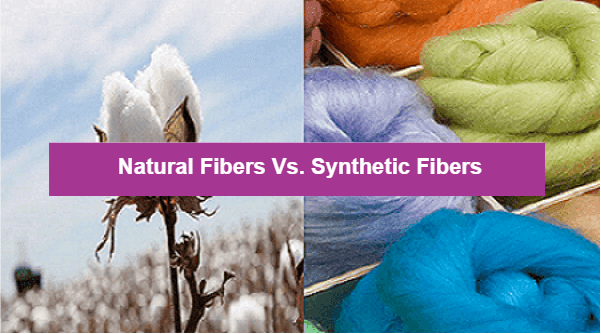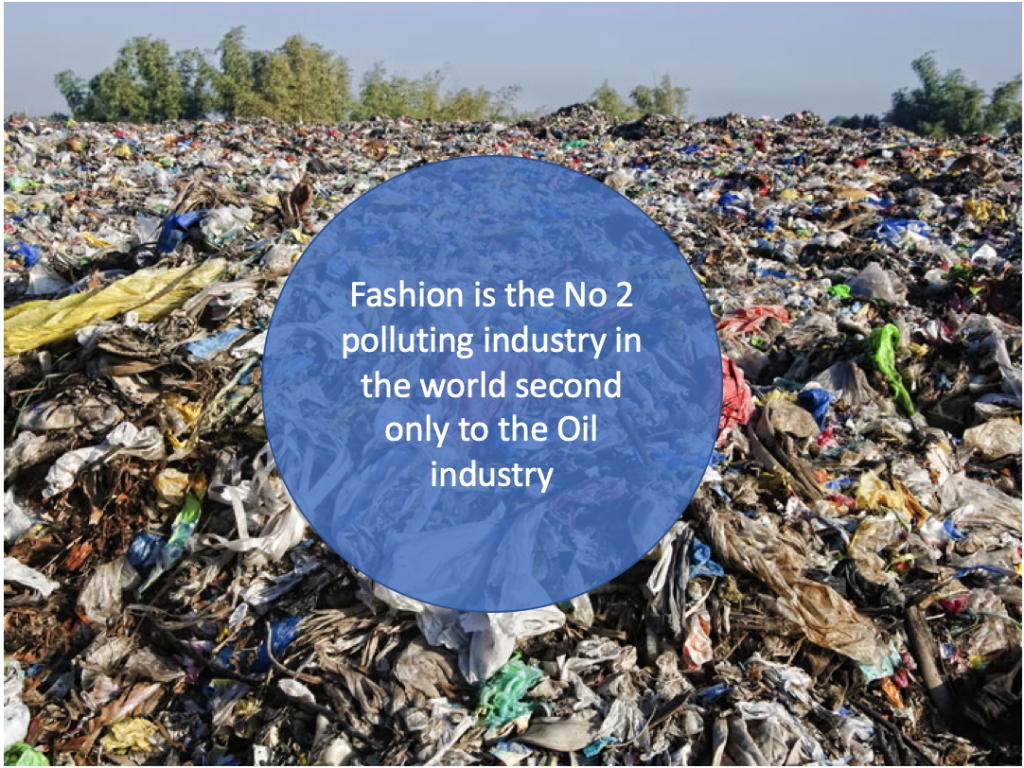The Synthetic Fiber Menace: Why We Must Ditch Synthetic Clothes for a Sustainable Future
In today’s world, sustainability has become a crucial topic, but one area that often goes unnoticed is the fashion industry. We often overlook the harmful impact of synthetic fibers, such as polyester and nylon, which are widely used in clothing production. These materials contribute to microfiber pollution, responsible for a staggering 20% of global pollution.
This blog aims to shed light on the dangers of synthetic fibers and emphasize the urgent need to embrace clothing made from natural fibers. By understanding the threats to our planet and our health, we can make informed choices and support sustainable fashion alternatives.
The Environmental Impact of Synthetic Fibers
Microfiber Pollution: Invisible Yet Devastating

Microfibers are tiny, almost invisible fibers that are shed from synthetic clothing during washing. These microfibers find their way into our ecosystems, including oceans, soil, and even the air we breathe. They pose a significant threat to marine life and terrestrial environments, disrupting ecosystems and entering the food chain. The consequences of microfiber pollution are far-reaching and long-lasting.
Fashion Industry’s Role in Environmental Degradation
The fashion industry, particularly in countries like India and China, has witnessed a rapid increase in the production of synthetic fibers. This growth contributes to the worsening environmental crisis, as synthetic fibers are non-biodegradable and persist in the environment for hundreds of years. It is imperative for the industry to prioritize sustainability and implement initiatives to reduce the use of synthetic materials.
The Health Risks of Synthetic Fibers
Synthetic Fibers and Human Health

Synthetic fibers, like polyester and nylon, are derived from petroleum and are composed of harmful chemicals. When we wear clothes made from these fibers, our skin is exposed to these chemicals, leading to potential health risks. These risks include skin allergies, respiratory problems, and even more severe health issues. Furthermore, the dyes used in synthetic clothing often contain cancer-causing substances, adding to the health hazards.
Safer Alternatives for Our Well-being

Choosing clothing made from natural fibers is crucial for our health and well-being. Natural fibers such as cotton, linen, and hemp offer breathability, durability, and comfort without the harmful effects of synthetic materials. Additionally, opting for non-cancerous and natural dyes ensures that our clothing does not expose us to hazardous substances.
The Path to Sustainable Fashion
Raising Consumer Awareness

One of the key steps towards addressing the synthetic fiber menace is educating consumers about its dangers. By creating awareness about the environmental and health impacts, individuals can make conscious choices when purchasing clothing. Labels and certifications can play a significant role in promoting transparency and enabling consumers to identify sustainable and ethical brands.
Collaborative Efforts for Change

Organizations like Handlooom.com and Savehandloom.org are leading the way in India, advocating for sustainable practices and supporting the use of natural fibers. However, the transformation to sustainable fashion requires collaboration between the fashion industry, government, and NGOs. Policy changes and regulations can incentivize the adoption of sustainable practices and control the production of synthetic fibers.
Sadhguru explaining on why you should avoid synthetic fiber made Clothing’s?
Conclusion:
The synthetic fiber menace is a grave threat to both our planet and our health. By understanding the impact of synthetic fibers on the environment and our well-being, we can take action. It is crucial for individuals to make informed choices, support sustainable brands, and demand transparency from the fashion industry. Together, we can create a sustainable future by embracing clothing made from natural fibers and non-toxic dyes. Let us be mindful of the clothes we wear and contribute to the preservation of our planet and the well-being of future generations.




